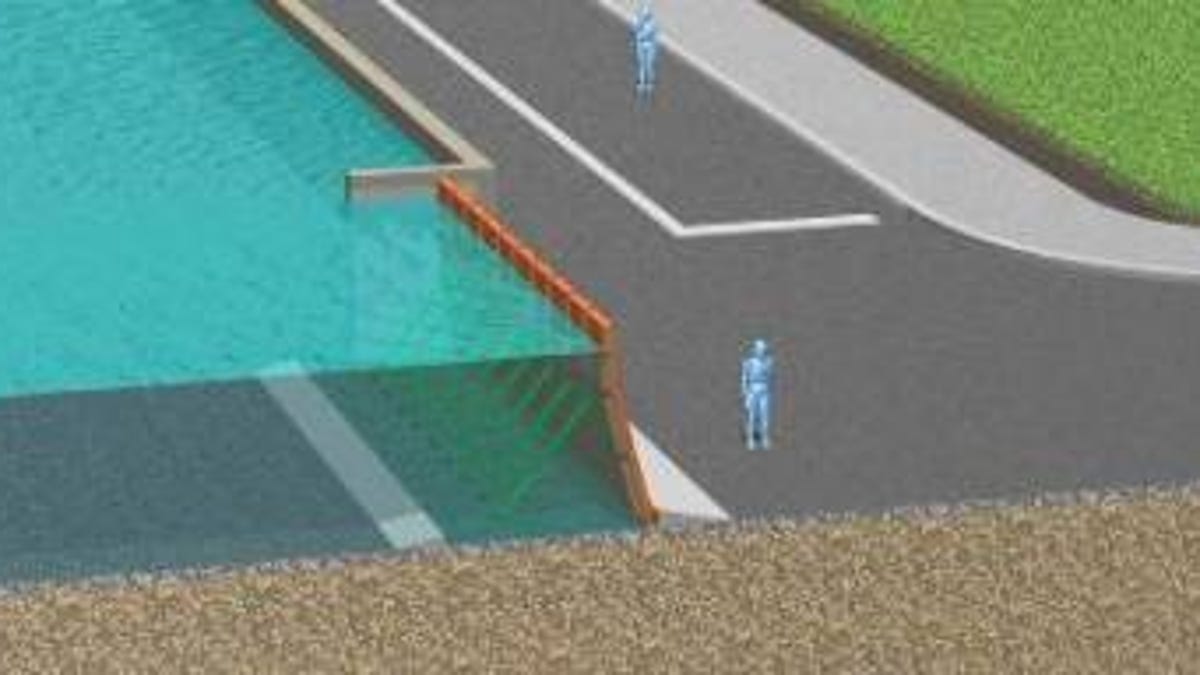Hitachi seawall closes automatically in tsunami
Hitachi Zosen has developed a seawall that closes automatically when under tsumani threat and doesn't require a power source or human control.

Japanese dam builder Hitachi Zosen has developed a seawater barrier that deploys automatically when tsunami waves approach shorelines.
The Neo Rise barrier is a form of floodgate designed to prevent damage from tsunamis, floods, and storm surges brought on by typhoons.
It's based on Hitachi's air-powered flap gates, which lie at the bottom of harbors and close them off in the event of a major change in sea level.
Neo Rise (from "no energy, no operation, rising seawall") is set up on land. It runs on hydraulic power associated with riding tides and closes automatically, protecting shoreline communities; it can also be operated manually. It's designed as simply as possible to avoid mechanical failures and high maintenance costs, according to Hitachi.
Balancing on several tectonic plates, Japan is one of the most earthquake-prone countries in the world, with more than 130,000 quakes logged in 2005. Only some of them are felt by people and fewer cause tsunamis, but the destructive waves are a serious threat to Japanese coastlines.
Public broadcaster NHK TV immediately reports quakes and tsunami warnings, and the Japan Meteorological Agency has run an earthquake warning system since 2007.
(Via Node)

